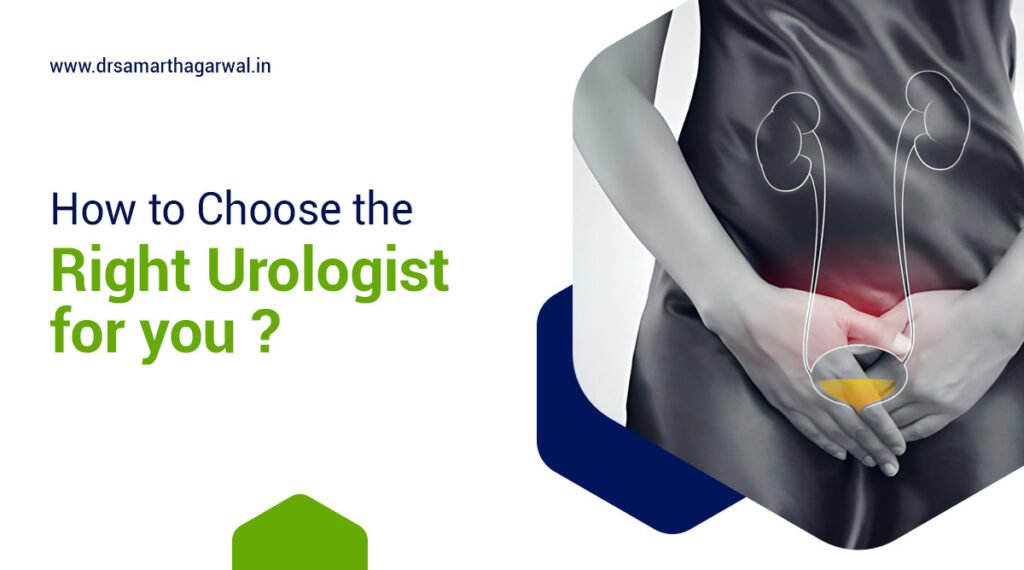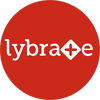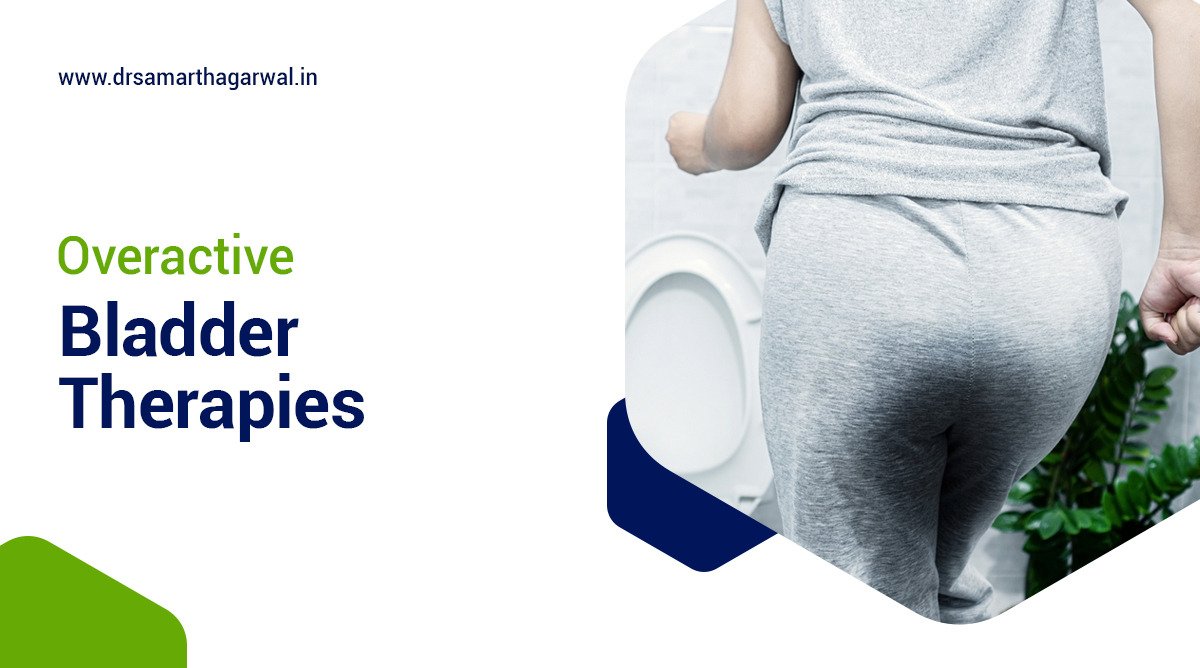Overactive bladder therapies aim to address the challenges posed by the condition characterized by a frequent and urgent need to urinate. One prevalent therapeutic approach involves lifestyle interventions, incorporating modifications that encompass bladder-control techniques and behavioral adjustments.
In addition to pharmaceutical options, a fundamental therapeutic avenue centers on behavioral therapies. These encompass diverse approaches such as pelvic floor muscle rehabilitation, bladder training, and dietary adjustments.
An exploration of lifestyle modifications and bladder-control techniques forms a vital component of the first-line treatment for overactive bladder, as outlined in a 2020 paper by J. Arnold and colleagues. The same study also shares that It can have a significant effect on quality of life and affects 12-17% of the population, with prevalence increasing with age.
By understanding and implementing these treatment modalities, individuals grappling with overactive bladder can enhance their quality of life and manage symptoms more effectively.
Non-Medical Therapies as Overactive Bladder (OAB) treatment options: Behavioral strategies
Behavioral strategies, including pelvic floor muscle exercises and bladder training, are effective for managing overactive bladder.
Overactive bladder, a common condition impacting millions worldwide, has substantial consequences. Behavioral therapy, such as pelvic floor muscle exercises (Kegels) and bladder training, plays a pivotal role. These strategies, demonstrated to be more effective when combined with medical therapy, help improve bladder control. Bladder training involves gradually increasing the time between bathroom visits, aiming for three to four hours.
Pelvic floor exercises strengthen muscles, aiding in preventing involuntary contractions. Dietary modifications, limiting irritants like caffeine, further contribute to symptom alleviation.
Research indicates the success of cognitive behavioral therapy in treating overactive bladder, emphasizing the holistic approach. Fluid management, restricting intake and avoiding potential irritants, complements these behavioral interventions. Studies like the one in BMC Urology highlight the effectiveness of comprehensive cognitive behavioral therapy programs. Incorporating these behavioral changes into daily life can significantly enhance the quality of life for individuals grappling with overactive bladder symptoms.
Pelvic Floor Muscle Training
Pelvic floor muscle training (PFMT) may alleviate overactive bladder (OAB) symptoms, but the conclusive impact is challenging due to study limitations.
Pelvic floor muscle training (PFMT) has shown potential benefits for mitigating overactive bladder (OAB) symptoms, as indicated by a systematic review of randomized controlled trials. Although evidence suggests a reduction in OAB symptoms, the study highlights limitations in existing research, hindering a definitive conclusion. PFMT aims to improve pelvic floor muscle (PFM) function, treatment satisfaction, and exercise reporting quality. Complementary findings indicate the efficacy of PFMT in increasing functional bladder capacity and alleviating OAB symptoms, supporting its consideration as a primary or adjunct therapy. Additionally, behavioral strategies taught by trained therapists, including PFMT, contribute to conscious bladder control.
The research underscores that PFMT may take several months to manifest benefits, emphasizing individual variability. The American Urological Association recommends PFMT as a first-line treatment for OAB, potentially combined with medications. Pelvic floor physical therapy, incorporating exercises such as Kegels, demonstrates positive outcomes in reducing OAB symptoms, frequency, urgency, and leakage. The therapy’s impact on pelvic pain and quality of life improvement is noteworthy. Recognizing the role of PFMT in conjunction with behavioral therapies, medications, or other interventions is crucial for comprehensive OAB management.
Bladder Training
Bladder training involves gradually increasing the time between bathroom breaks to improve control over urination and manage an overactive bladder.
Bladder training, a behavioral therapy, is often recommended for urinary incontinence. It gradually extends the time between bathroom visits, enhancing control and preventing emergencies. Before starting, keeping a bathroom diary is crucial. Patients should empty their bladder promptly in the morning, adhere to a specific schedule, and use urge suppression techniques when needed. The process aims to lengthen intervals gradually, achieving results in 6-12 weeks. If bladder training doesn’t yield the desired results, consultation with a doctor for alternative approaches, such as medication or surgery, is advised. Multiple sources emphasize its effectiveness in improving bladder control, reducing urgency, and increasing the time between bathroom visits.
Interdisciplinary Therapeutic Approaches
Interdisciplinary Therapeutic Approaches for OAB involve behavioral therapy, pharmacotherapy, and surgery.
Overactive Bladder (OAB) presents a complex challenge, addressed through multifaceted Therapeutic Approaches.
Behavioral therapy, a cornerstone, focuses on enhancing voiding patterns, reducing urgency, and preventing incontinence. Pharmacotherapy, including antimuscarinics and beta-3 agonists like mirabegron, aims at modulating bladder function. Surgical interventions may be considered for refractory cases, with Botox injections or procedures like sacral neuromodulation.
Recent advancements, such as interdisciplinary action plans, highlight the shift toward individualized, evidence-informed approaches. Emerging strategies involve potassium channel opening agents and neurotoxins like capsaicin. The management paradigm evolves from a linear algorithm to a tailored, multidisciplinary, multimodal approach, emphasizing the importance of considering cognitive aspects.
This aligns with current research advocating a comprehensive understanding of OAB, integrating cognitive impairment considerations. Integrating conservative methods, addressing underlying causes, and recognizing refractory cases are crucial elements. Collaboration between healthcare professionals and the development of objective endpoints for trials contribute to refining OAB treatment. Clinicians, supported by evolving guidelines, must navigate the diversity in patient response and tailor strategies for optimal outcomes.
The interdisciplinary model, emphasizing role blending and shared goals, mirrors the complexity of OAB’s biopsychosocial underpinnings, promoting a holistic patient-centric approach.

Improving Quality of Life through OAB Therapies
Overactive bladder (OAB) significantly impacts health-related quality of life (HR-QoL), with symptoms such as urgency, frequency, and nocturia affecting various aspects of daily living. The prevalence of OAB increases with age, making its identification and treatment crucial, especially in the elderly. While antimuscarinic therapy effectively addresses OAB symptoms, concerns arise about systemic adverse events in the elderly population.
A newer class of drug, the beta-3 adrenoceptor agonist mirabegron, offers a potentially safer alternative for improving OAB symptoms in elderly patients without exacerbating risks. Clinicians must carefully balance therapeutic efficacy with safety in treating OAB, considering the unique vulnerabilities of elderly individuals.
The impact of OAB on an individual’s life extends beyond the physical symptoms, affecting social, psychological, occupational, domestic, and sexual aspects. Unfortunately, OAB often goes underreported due to reluctance in discussing the condition with healthcare providers or family members. The symptoms associated with OAB can lead to social isolation, disruption of sleep, and impairment in work-related activities, underscoring the profound influence on patients’ quality of life.
What lifestyle changes can improve bladder function and reduce OAB symptoms?
Lifestyle changes play a crucial role in improving bladder function and alleviating symptoms of Overactive Bladder (OAB). Consider the following recommendations:
Maintain a healthy fluid intake, emphasizing consumption in the morning and afternoon, while reducing it in the evening, especially before bedtime. Limit caffeine and alcohol, known irritants to the bladder. Additionally, keeping a bladder diary aids in monitoring and adjusting fluid intake.
Focus on dietary adjustments, avoiding bladder irritants like chocolate and alcohol. Conducting a trial period of omitting potential irritants and reintroducing them gradually helps identify individual triggers. Bladder training, involving scheduled toilet visits, promotes better control over time.
Prioritize weight management, as excess body weight can exert pressure on the bladder, potentially leading to leakage. Smoking cessation is advised, given its association withworsened bladder symptoms. Addressing constipation through exercise, hydration, and a high-fiber diet is crucial, as constipation can exacerbate bladder issues.
Engage in timed voiding, a practice of scheduled bathroom visits that, over time, enhances bladder control. Kegel exercises, beneficial for both genders, strengthen pelvic floor muscles, providing support to the bladder and reducing leakage episodes.
Understanding Overactive Bladder (OAB)
Overactive bladder, or OAB, causes a frequent and uncontrollable urge to urinate, often leading to urgency incontinence. Managing symptoms involves behavioral strategies, while more severe cases may require additional treatments. A brief evaluation can identify specific causes, and diagnostic methods include checking for infection, blood in urine, and assessing bladder emptying.
To diagnose OAB, healthcare providers examine unusual urges and check for infections or blood in urine. Evaluations also assess complete bladder emptying and identify contributing factors. Understanding the pressure needed for complete emptying involves specialized tests, aiding in treatment strategy determination.
When should you consider seeking help from a urologist for OAB?
Seek help from a urologist for Overactive Bladder (OAB) if you experience symptoms such as increased frequency of urination, sudden urges, difficulty controlling urination, nocturia, or urine leakage.
If lifestyle changes and initial treatments don’t alleviate symptoms, consulting a urologist is crucial. Dr. Samarth Agarwal, Urologist from Siliguri can address OAB, by providing personalized plans that may involve behavioral therapies, medications, or, in severe cases, surgery.
What treatments do urology specialists offer for overactive bladder?
- First-line treatments involve behavioral therapies, such as lifestyle modifications and non-medication interventions.
- Medications like Mirabegron (Myrbetriq) and anticholinergic drugs may be prescribed to relax the bladder and manage overactive bladder symptoms.
- Surgical options, including InterStim, PTNS, pessaries, and more, may be recommended by urology specialists for severe cases.
- Urologists may utilize subjective outcome measurement tools to assess and monitor the effectiveness of treatments for overactive bladder.





